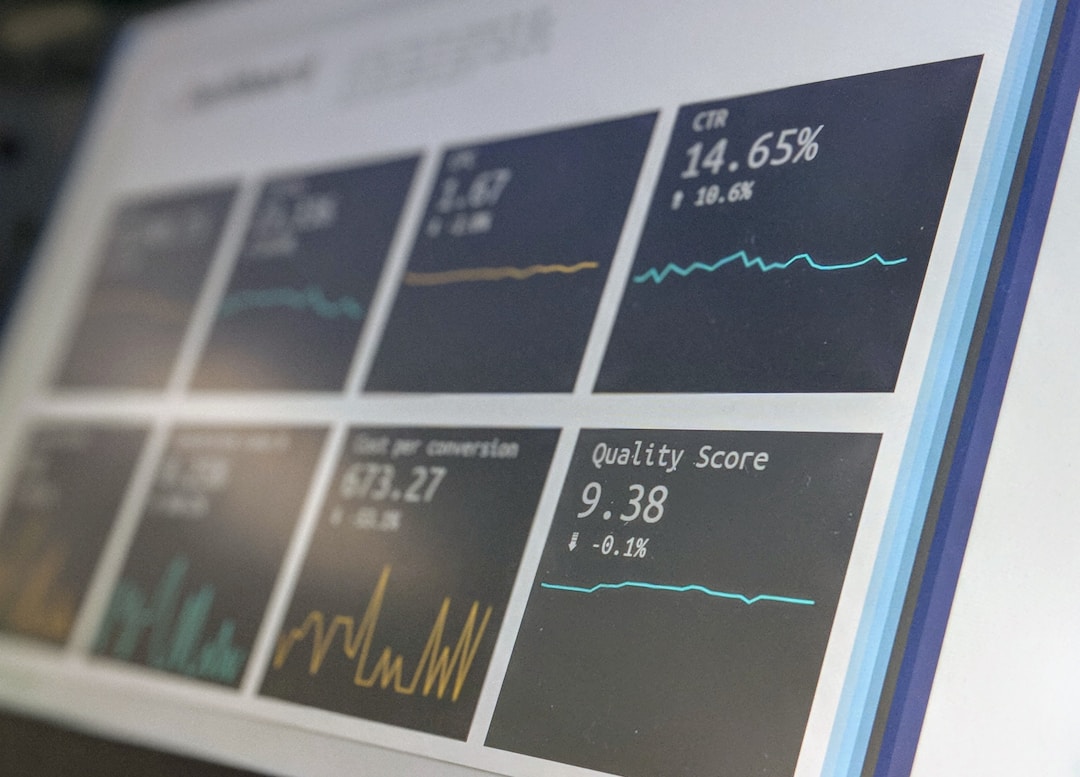
Just like any scientific experiment, businesses rely on hypotheses about their trends and conditions to get a better understanding of their road forward. Statisticians will rely on a variety of formulas to understand these differences that may have gone unseen before. One of those formulas is the analysis of variance, or ANOVA, which compares variances across the averages of different groups. A range of scenarios uses this formula to determine the means of different groups. Let’s take a closer look at what goes into executing a proper ANOVA test.
What To Know About ANOVA

ANOVA, or analysis of variance, relies on a statistical method to investigate independent and dependent variables to determine an overall mean based on a certain hypothesis. A dependent variable is an item being measured that is theorized to be affected by an independent variable, which is the item being measured that may have an effect on a dependent variable. ANOVA tests a null hypothesis, anticipation that there is no difference between the groups or means. A null hypothesis can either be accepted or rejected. On the other hand, an alternative hypothesis can theorize a significant difference in those figures.
In ANOVA terminology, an independent variable may be referred to as a factor that affects the dependent variable. Level denotes the different values of the independent variable that are used in an experiment. An ANOVA test is conducted through two different models: fixed-factor or random-factor. Fixed-factor models use only a discreet set of levels for factors, which a random-factor model draws a random value from all possible values of an independent variable.
A Deeper ANOVA Analysis

There are two types of analysis of variance: one-way ANOVA and full-factorial ANOVA. One-way ANOVA, also known as single-factor or simple ANOVA, is used in experiments with only one independent variable with two or more levels. In simple ANOVA, the value of the dependent variable for one conservation is independent of the value of any other observations. The value of the dependent variable is normally distributed, while the variance in that formula is comparable in different experimental groups. The dependent variable is continuous in one-way ANOVA and can be measured on a scale that can be subdivided.
Full-factorial ANOVA, also called two-way ANOVA, is used when there are two or more independent variables. Each of these factors can have multiple levels to investigate every possible permutation of factors and their levels. A two-way ANOVA not only measures the independent variables against each other but if those factors affect each other. A two-way ANOVA relies on a continuous dependent variable. Each sample is independent of other samples, with no crossover, and with a variance in data across the different groups. The end result in either type of ANOVA is known as an F-statistic, a ratio showing the difference in group variances.
ANOVA Use Cases

ANOVA can be used in a variety of sectors to assess a number of observations in a litany of data sets. In data science, ANOVA is used in email spam detection. With a massive number of emails and email features, it has become very difficult and resource-intensive to identify and reject spam. ANOVA and F-tests are deployed to identify features that were important to correctly identify which emails were spam.
By way of artificial intelligence, ANOVA can conquer statistical steps beyond just assessing random effects and averages. It can be used in agriculture to assess the yield of different varieties of crops under different growing techniques. Marketers can use it for analyses of various social media advertisements on the sales of a particular product. The auto industry can assess the different lubricants that work for different types of vehicles. The possibilities and limitless to determine more significant results than ever before.

